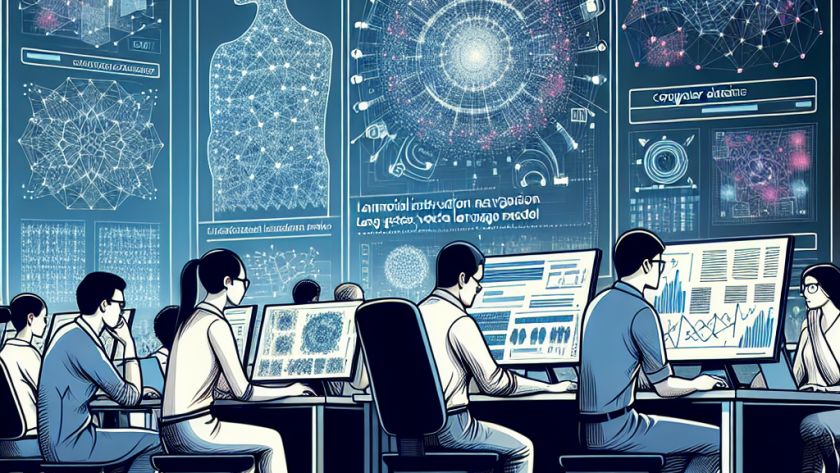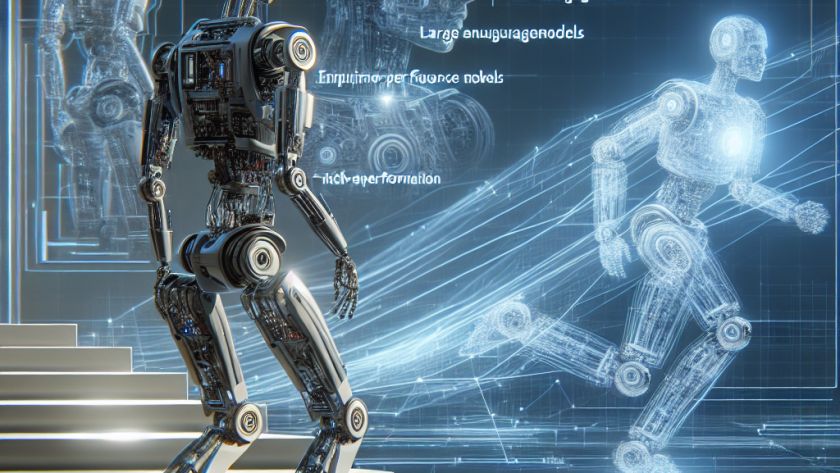IBM researchers have taken a major step toward simplifying the process of extracting valuable insights from large business databases. Currently, these databases are queried using Structured Query Language (SQL), a dominating language for database interactions. However, SQL proficiency typically lies within a small group of data professionals, presenting a barrier to broader data access and…












